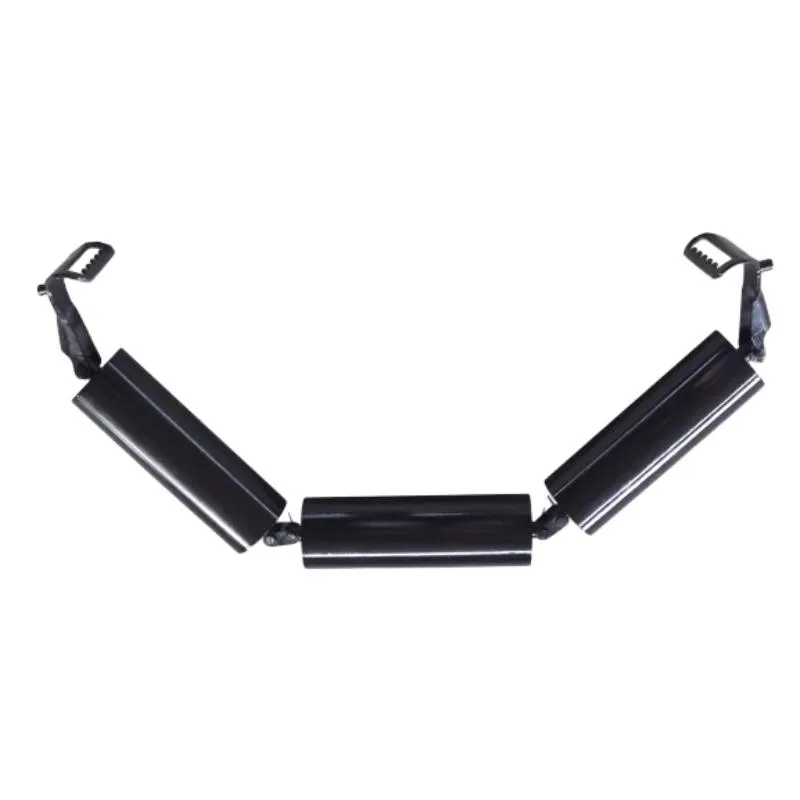 Afrikaans
Afrikaans  Albanian
Albanian  Amharic
Amharic  Arabic
Arabic  Armenian
Armenian  Azerbaijani
Azerbaijani  Basque
Basque  Belarusian
Belarusian  Bengali
Bengali  Bosnian
Bosnian  Bulgarian
Bulgarian  Catalan
Catalan  Cebuano
Cebuano  Corsican
Corsican  Croatian
Croatian  Czech
Czech  Danish
Danish  Dutch
Dutch  English
English  Esperanto
Esperanto  Estonian
Estonian  Finnish
Finnish  French
French  Frisian
Frisian  Galician
Galician  Georgian
Georgian  German
German  Greek
Greek  Gujarati
Gujarati  Haitian Creole
Haitian Creole  hausa
hausa  hawaiian
hawaiian  Hebrew
Hebrew  Hindi
Hindi  Miao
Miao  Hungarian
Hungarian  Icelandic
Icelandic  igbo
igbo  Indonesian
Indonesian  irish
irish  Italian
Italian  Japanese
Japanese  Javanese
Javanese  Kannada
Kannada  kazakh
kazakh  Khmer
Khmer  Rwandese
Rwandese  Korean
Korean  Kurdish
Kurdish  Kyrgyz
Kyrgyz  Lao
Lao  Latin
Latin  Latvian
Latvian  Lithuanian
Lithuanian  Luxembourgish
Luxembourgish  Macedonian
Macedonian  Malgashi
Malgashi  Malay
Malay  Malayalam
Malayalam  Maltese
Maltese  Maori
Maori  Marathi
Marathi  Mongolian
Mongolian  Myanmar
Myanmar  Nepali
Nepali  Norwegian
Norwegian  Norwegian
Norwegian  Occitan
Occitan  Pashto
Pashto  Persian
Persian  Polish
Polish  Portuguese
Portuguese  Punjabi
Punjabi  Romanian
Romanian  Russian
Russian  Samoan
Samoan  Scottish Gaelic
Scottish Gaelic  Serbian
Serbian  Sesotho
Sesotho  Shona
Shona  Sindhi
Sindhi  Sinhala
Sinhala  Slovak
Slovak  Slovenian
Slovenian  Somali
Somali  Spanish
Spanish  Sundanese
Sundanese  Swahili
Swahili  Swedish
Swedish  Tagalog
Tagalog  Tajik
Tajik  Tamil
Tamil  Tatar
Tatar  Telugu
Telugu  Thai
Thai  Turkish
Turkish  Turkmen
Turkmen  Ukrainian
Ukrainian  Urdu
Urdu  Uighur
Uighur  Uzbek
Uzbek  Vietnamese
Vietnamese  Welsh
Welsh  Bantu
Bantu  Yiddish
Yiddish  Yoruba
Yoruba  Zulu
Zulu Understanding Drive Belts and Pulleys for Efficient Mechanical Systems
Understanding Drive Belts and Pulleys Key Components in Mechanical Systems
Drive belts and pulleys play a pivotal role in the functioning of various mechanical systems, ranging from small machinery to large industrial equipment. Their design and operation are crucial for transmitting power efficiently and ensuring the smooth operation of components. In this article, we will explore the fundamental concepts of drive belts and pulleys, their types, applications, and the importance of maintenance for optimal performance.
What Are Drive Belts and Pulleys?
Drive belts are flexible loops made of various materials, including rubber, leather, or composite materials, that transfer power between two or more rotating shafts. Pulleys are the wheels with a groove along their edge that hold the belt in place. They can vary in size, design, and material based on the system's requirements and the load they need to carry.
The interaction between the belt and the pulley creates a frictional grip, allowing power to be transmitted effectively. This system can convert rotational energy from a power source, such as an engine or motor, to various machinery components that require motion, such as fans, pumps, and conveyor belts.
Types of Drive Belts
There are several types of drive belts, each designed for specific applications
1. V-Belts Characterized by their trapezoidal cross-section, V-belts fit snugly into the grooves of the pulleys. They are widely used in automotive engines and industrial machinery due to their efficient power transmission capabilities.
2. Flat Belts These are rectangular in shape and are used in applications where high-speed and low-torque transfer is necessary. Flat belts are commonly found in older machinery and textile mills.
3. Timing Belts Featuring teeth along their inner surface, timing belts provide synchronous motion and are essential in applications where precise timing is needed, such as in automotive engines and robotics.
drive belts and pulleys

4. Round Belts Generally used in lighter applications, round belts are flexible and can wrap around various pulley configurations, allowing for versatility in design.
Applications of Drive Belts and Pulleys
Drive belts and pulleys are integral to many sectors, including automotive, manufacturing, and HVAC (heating, ventilation, and air conditioning). In the automotive industry, they are used to drive components like the alternator, water pump, and air conditioning compressor. In manufacturing, they facilitate the movement of conveyor belts that transport goods. In HVAC systems, they connect motors to fans or compressors, ensuring efficient air circulation.
Their versatility also extends to household appliances, such as washing machines and vacuum cleaners, where drive belts help power rotating components.
Importance of Maintenance
To keep drive belts and pulleys in optimal condition, regular maintenance is essential. Factors like wear and tear, improper tension, and misalignment can lead to reduced efficiency and failure. Regular inspection for signs of fraying, cracking, or glazing on the belt surface can help identify potential issues before they become serious problems.
Proper tensioning of the belts ensures that they grip the pulleys effectively without slipping. Additionally, regular cleaning of the pulleys can prevent debris buildup, which can impact performance. Lubrication may also be necessary for the pulley bearings to minimize friction and wear.
Conclusion
In summary, drive belts and pulleys are fundamental components of many mechanical systems, providing a reliable means of power transmission. Understanding the different types of belts, their applications, and the importance of maintenance can significantly affect operational efficiency. When designed and maintained correctly, these systems can ensure longevity and effectiveness, making them invaluable in various industries. As technology continues to evolve, so too will the designs and materials used in drive belts and pulleys, promising even greater efficiency and performance in the future.
-
Revolutionizing Conveyor Reliability with Advanced Rubber Lagging PulleysNewsJul.22,2025
-
Powering Precision and Durability with Expert Manufacturers of Conveyor ComponentsNewsJul.22,2025
-
Optimizing Conveyor Systems with Advanced Conveyor AccessoriesNewsJul.22,2025
-
Maximize Conveyor Efficiency with Quality Conveyor Idler PulleysNewsJul.22,2025
-
Future-Proof Your Conveyor System with High-Performance Polyurethane RollerNewsJul.22,2025
-
Driving Efficiency Forward with Quality Idlers and RollersNewsJul.22,2025





























